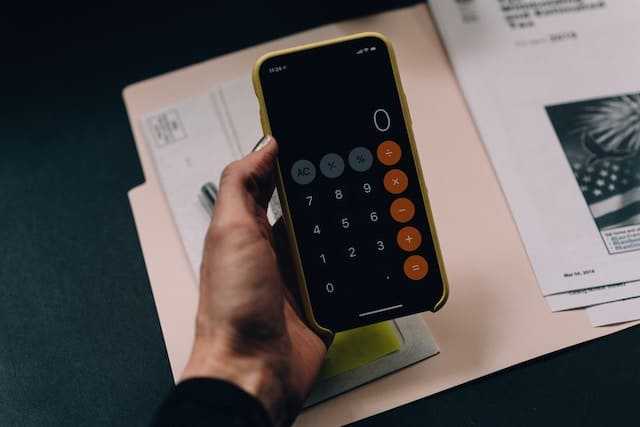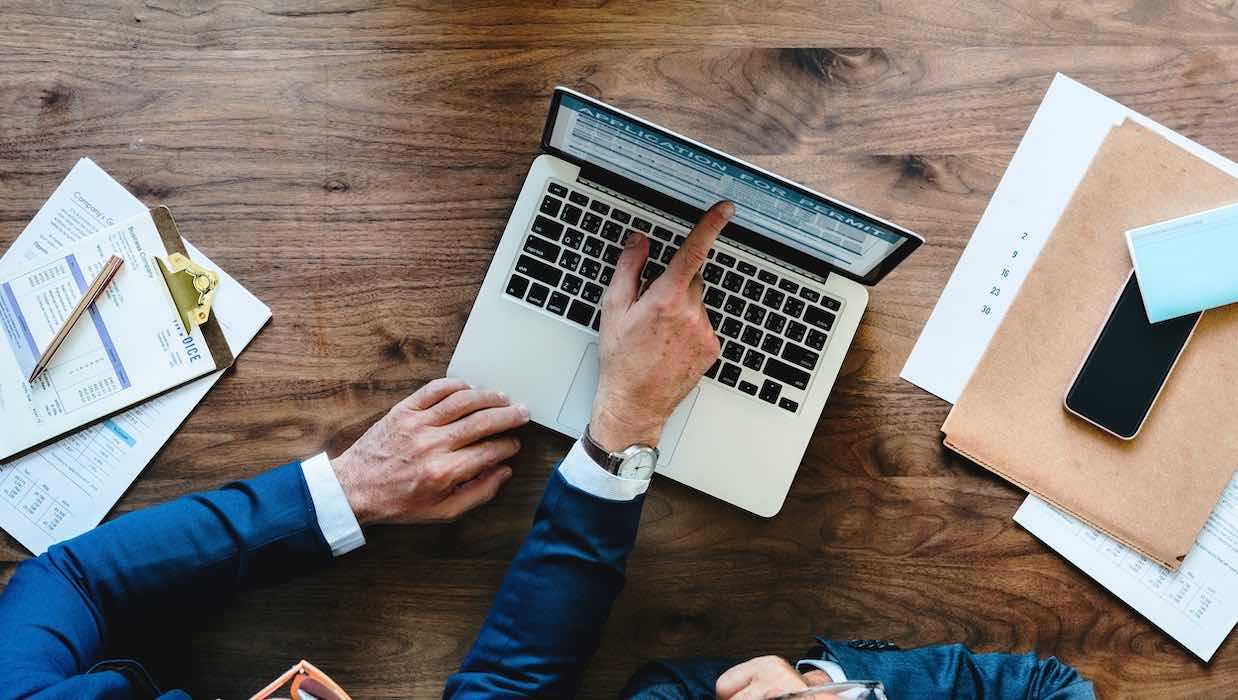How to Pay Off Your Credit Cards
Credit cards are designed to make your life easier when you’re making purchases, but they can get you in trouble if you don’t pay careful attention to your spending. It’s easy to rack up a hefty balance and find yourself over your head in debt. Credit cards are considered revolving debt, which means you can add to your balance as long as you stay below your credit limit. Unfortunately, this – and the fact that they are so convenient to use – can lead to spending beyond your means. Getting out of debt at this point can be difficult.
What’s more, most credit cards have a variable interest rate, which means that they increase as the underlying interest rate–such as the prime rate–increases. Your interest rate may also increase if you miss a payment and become subject to a penalty annual percentage rate (APR). According to CreditCards.com’s Weekly Credit Card Rate Report, the average credit card APR in July 2018 was a whopping 16.93%.1

Minimum Payments Aren’t Enough
Credit cards offer a low minimum monthly payment, which can seem like an affordable way to manage your payments. While making minimum payments on time is a conscientious first step, the practice could leave you paying off your balance for years. That’s because most of your minimum payment is typically applied to the interest you owe, with only a small portion actually applied to your principal balance. You may be making very little progress on paying off your balance, while spending a significant amount on interest charges because you are carrying an outstanding balance month over month.
Take a look at your billing statement. It should display a “Card Act” disclosure that states how long it would take to pay off your current balance—and how much you’ll pay—if you only make minimum payments. That might give you some motivation to get a plan in place to start making more than the minimum monthly payment and start paying down that balance!
How to Pay off Credit Card Debt
So, how do you get out of credit card debt? Here are a few tried-and-true tips to consider:
- Make larger monthly payments. The more you can do this, the faster you’ll pay down your principal balance and get your card back to zero. Reevaluate your budget and see if you can find some extra cash that can go towards making more than your minimum monthly payment.
- Stop using your cards. Any progress you make by paying down principal is ruined the moment you spend it up again. Getting your cards out of the equation will help remove the temptation. Leave them at home and bring only the amount of cash that you can spend within your budget.
- Snowball or Avalanche. These are two common methods for paying down any kind of debt. The Snowball Method has you focus on paying off your smallest debts first, while the Avalanche Method starts with the highest interest rate debts.
- Consider credit card consolidation/refinancing. Take out a personal loan to pay off your cards in full, then pay off the personal loan.
Why Refinance Credit Cards with a Personal Loan?
By paying off your credit card with a personal loan, you’ll be switching from revolving debt to installment debt. Revolving debt may be convenient, but installment debt is typically easier to pay off. An installment loan often allows you to secure a fixed interest rate that won’t change over the life of the loan. And, unlike a credit card, you can’t keep charging up the balance after you’ve paid part of the loan off.
An installment loan also gives you the comfort of knowing exactly when you’ll be out of debt, as long as you don’t miss any payments. If you have a fixed interest rate installment loan, your monthly payment should remain the same, too, adding a sense of predictability to your finances.

If you don’t get the full loan amount you need to pay off your credit cards, that doesn’t necessarily mean you shouldn’t take it. Those funds could be used to make more than the minimum monthly payment, which can help you start chipping away at that high interest revolving debt. Also, if you find that the rate of your personal loan offer is the same as your credit card’s interest rate, that’s not a bad thing! By refinancing your revolving debt with a fixed rate loan you’re putting a plan in place to get out of the debt cycle sooner.
“Personal loans are among the underutilized and overlooked products for those who want to get out debt faster,” writes Allan Liwanag at The Practical Saver.
How to Evaluate a Personal Loan Offer
If you’re considering credit card consolidation through a personal loan, here are a few tips to keep in mind:
- Shop around for the best rate. If you apply for multiple personal loans within a short period of time, credit bureaus will typically recognize that you’re shopping around, and won’t ding your score2
- Compare apples to apples—or, Annual Percentage Rates (APRs) to Annual Percentage Rates (APRs). The annual percentage rate will tell you the total cost of the loan, including interest and certain fees (comparing interest rate alone won’t always give you the full fee picture).
- Compare personal loan Annual Percentage Rates (APRs) to your credit card APR. Depending on your credit score, you may be able to get a lower rate on a personal loan than you’re paying on your credit cards. But don’t dismiss a personal loan just because it charges a higher APR than your card— if the personal loan term is much shorter than the time it would take to pay off your credit card balance, you may pay less in interest overall with the personal loan. Use a debt consolidation calculator to find out which one is cheaper.
- Compare the monthly payments between your credit cards and personal loan offer. The personal loan offer will likely have a higher minimum payment because you’ll be paying off the debt over a shorter period of time. Make sure you’re able to make the minimum payment each month. You might have to make some sacrifices, but if you’re serious about getting out of debt, it will be worth it in the long run.
Finally, if your personal loan offer won’t cover the entire credit card balance you owe, it could still be worthwhile to take out a smaller personal loan to consolidate at least some of the credit card debt. Once your original personal loan is paid off, you can then try to take out another personal loan to finish paying off the remaining credit card debt.
Final Thought
Getting out of credit card debt is easy in theory but can be difficult in practice. Remember: It’s all about finding ways to pay more than your minimum balance each month – and not continuously racking up new debt.
Upgrade allows you to check the interest rate you could get on a personal loan without affecting your credit score. Get started by filling out a simple application to check your rate and see what you qualify for in seconds.


